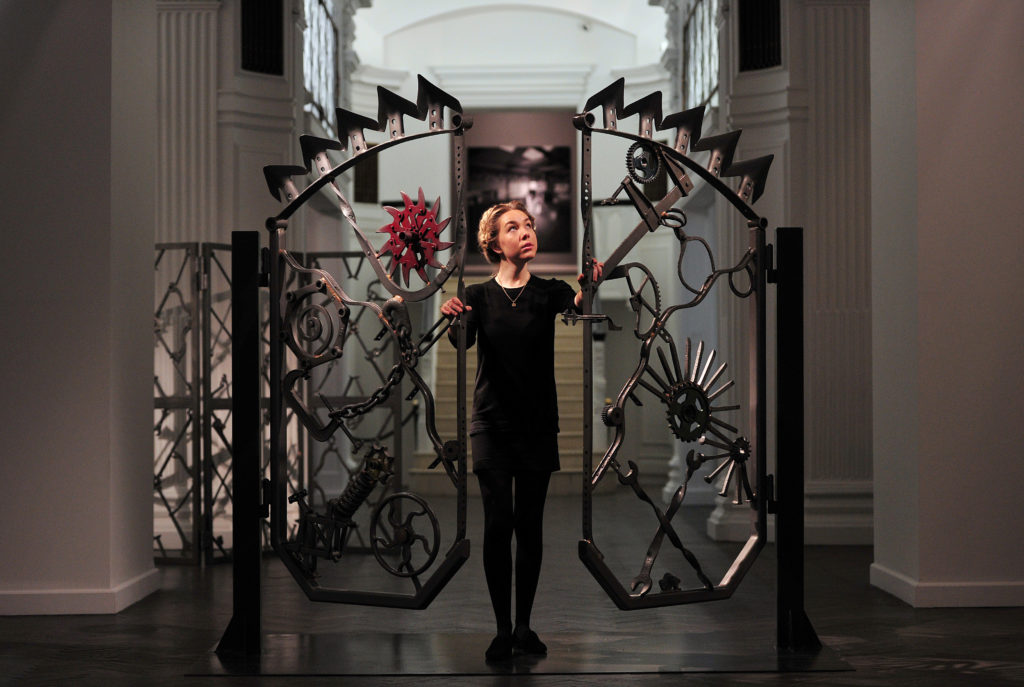Politics
‘It’s Another Government Boondoggle’: This Republican Lawmaker Just Introduced a Bill to Cut All Funding for Art in US Embassies
Freshman Republican Congressman Tim Burchett is pushing his new "No Art in Embassies" legislation.

Freshman Republican Congressman Tim Burchett is pushing his new "No Art in Embassies" legislation.

Sarah Cascone

Freshman congressman Tim Burchett, a Republican from Tennessee, has introduced a new bill to stop the government from spending any money on art for overseas US embassies.
The legislation, introduced April 1, was inspired by news that the State Department’s Art in Embassies program paid $84,375 for an iron sculpture by musician and artist Bob Dylan. The controversy? The transaction was completed during this year’s government shutdown, which was the longest in US history. That the country was buying pricey artwork for the Mozambique embassy when 800,000 federal workers were being forced to forego pay didn’t sit well with some critics. (The funding for the work’s purchase was taken from the previous year’s appropriations and was thus unaffected by the shutdown.)
“I think it’s another government boondoggle and people at the State [Department] are out of touch with reality. Money could be spent on something better, I’d think,” Burchett told Knox News.
Burchett’s bill, titled the “No Art in Embassies Act, would prohibit the use of any funds “for the purchase, installation, insurance, or transport of any art for the purposes of installation or display in any embassy, consulate, or other foreign mission of the United States.” It further specifies that art includes “paintings, sculptures, photographs, industrial design, and craft art.”

The Bob Dylan work that caused the uproar is similar to this piece from the singer-songwriter’s exhibition at the Halycon Gallery in London in 2013. Photo by Carl Court/AFP/Getty Images.
Burchett insists that his new legislation wouldn’t eliminate the Art in Embassies program because the government could come up with an alternative way to show art, possibly by arranging loans with the Smithsonian.
But since the bill not only prevents the government from paying for art itself, but also for transporting and installing it, it’s unclear how such temporary exhibitions would be funded. (Art in Embassies already displays loans from artists, museums, dealers, and private and corporate collections in addition to its new commissions.)
A representative of Arts in Embassies declined to comment on the bill.

Sam Gilliam, Mali (2006), appeared at the Bamako embassy, Mali, in 2006. Photo: Sam Gilliam, via Art in Embassies.
The Art in Embassies program dates back to 1953, when New York’s Museum of Modern Art created an International Council to host exhibitions of loaned artwork at US embassies. President John F. Kennedy officially established it as an office of the State Department in 1963.
The program serves the State Department’s mission, according to its FAQ page, because it “advances cultural diplomacy through artist exchanges and the presentation of works by outstanding American and international artists to audiences around the world.”